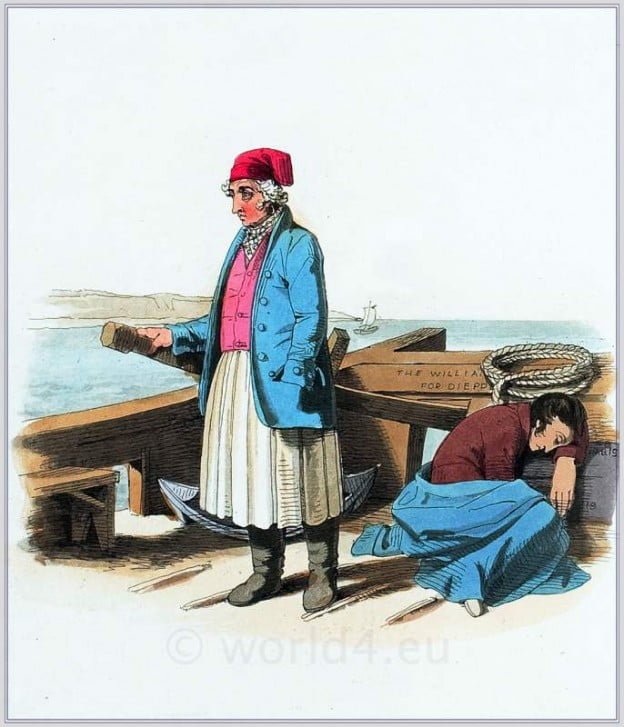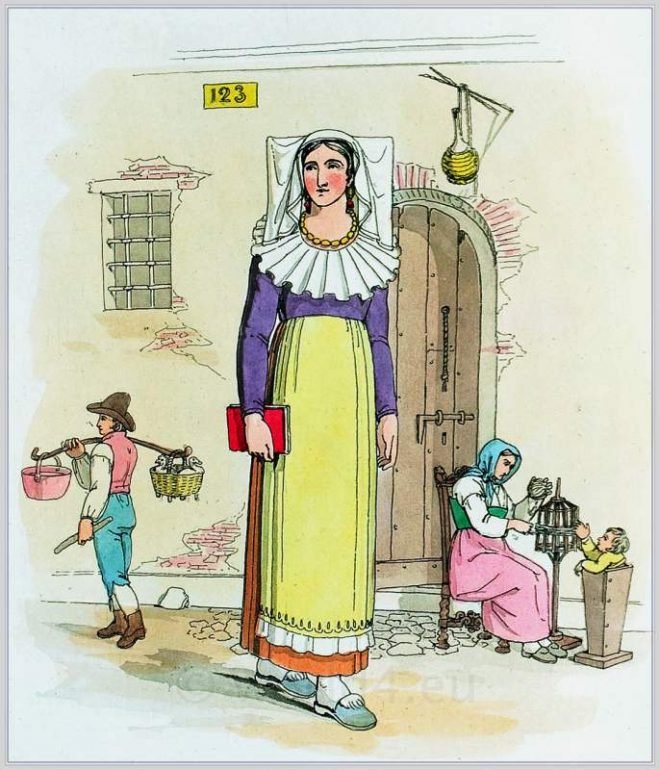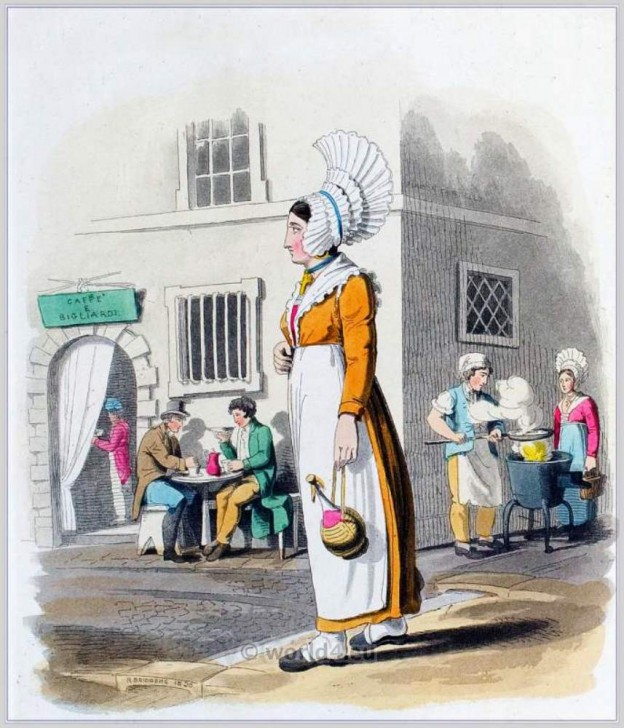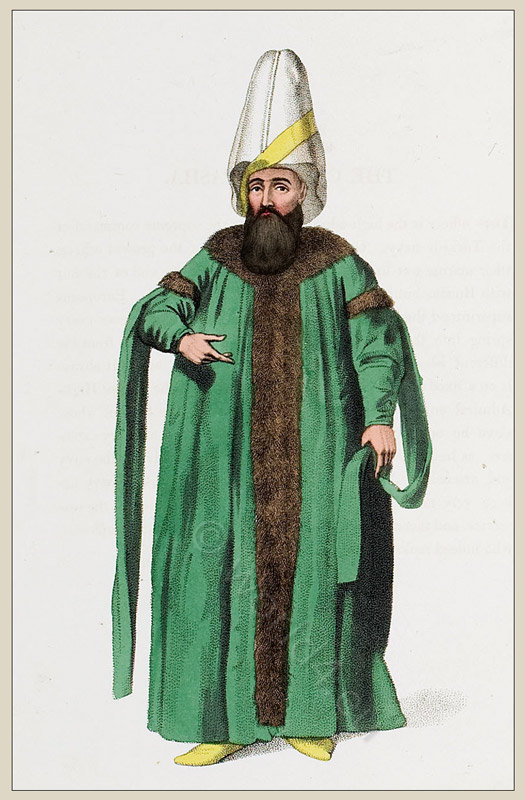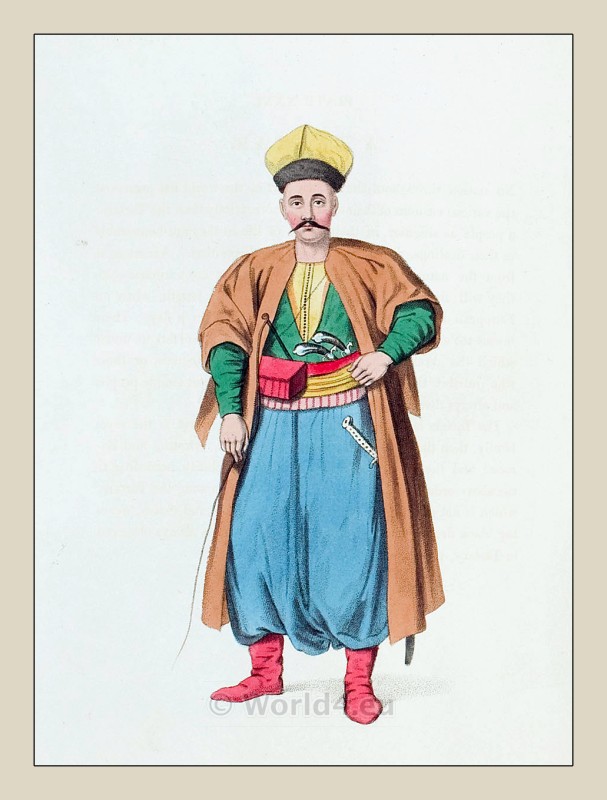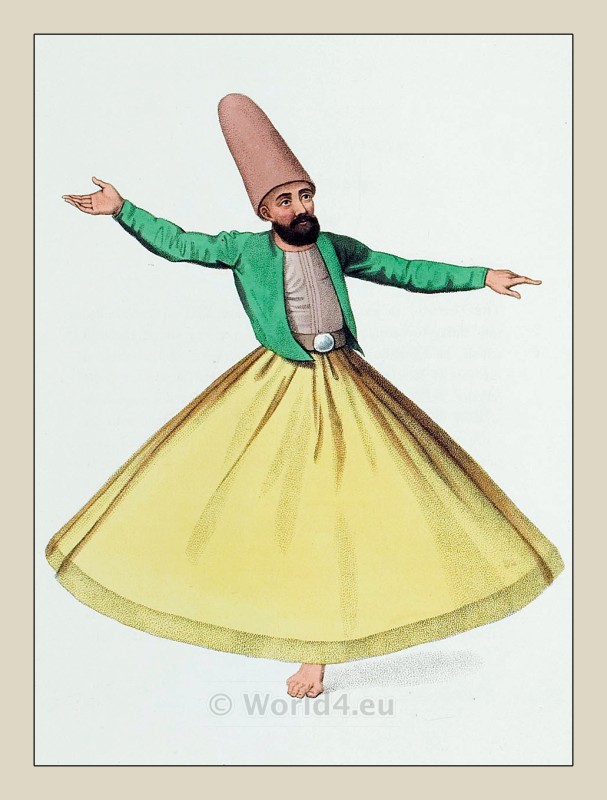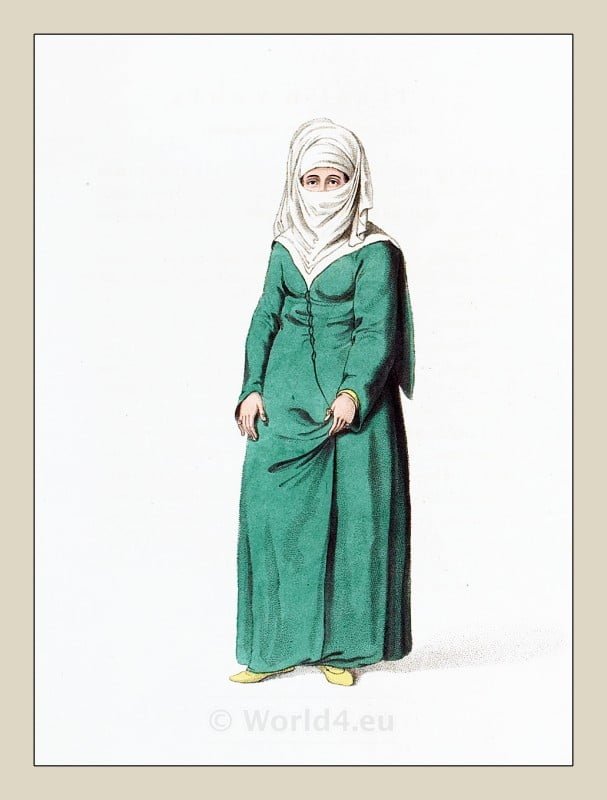The packets from Brighton to Dieppe, when in sight of the harbour, are taken possession of by French pilots
Category: 19th Century
A Pilgrim going to Loretto. Shrine of the Holy House.
The shrines of Loreto and St. James of Gallicia cannot, like that of St. Thomas of Becket at Canterbury in former times, show the stones worn away by the devout kisses of the modern far-wandering penitent.
A female of Vercelli with peculiar head-dress. Italy Piedmont 1821.
A female of Vercelli, Piedmontese. This one of the most peculiar head-dresses belonging to the lower orders in Italy.
Donna di Torino. Woman of Turin. Italian popular costume of 1821.
AT Turin the dress of the females is very remarkable. The elaborate and various forms of their caps are singular and picturesque.
Fishermen at Boulogne-sur-Mer. Département Pas-de-Calais.
The peasantry, the fishermen, the postillions, all classes below the bourgeoisie, are now, as they were formerly, dressed in heavy, cumbrous woolen cloth.
The Capitan Pasha, Derya Bey. Admiral of the Turkish Navy.
Kaptan Pasha (Ottoman قاپودان پاشا; also Kaptanpaşa / کاپیتان پاشا; Kapudan i Derya / قاپودان دریا Kaptan-i Derya / کاپیتان دریا) was the highest military rank of the Ottoman Navy.
A Tatar. Ottoman Empire 1800.
The Tatars have different degrees of rank. Historical Ottoman Empire officials and ethnic groups.
A Mevlevi Tariqa Dervish. Historical Ottoman Empire officials.
The founder Dschalal ad-Din Muhammad Rumi. When the first Dervish comes opposite the Scheik he makes a salutation, and, passing on, begins the dance.
A Turkish woman wears a green feredje. Dress worn at Constantinople.
The feredjè (Mantle, Cape or coat), is universally in that city made of green cloth or other stuff, with its long square cape quilted and covered with green silk.
A woman with maharmah, feredje and yellow boots.
A lady in a provincial dress with maharmah and feredje. Women commonly wore this style of outfit in Constantinople and the outer regions of the city.

